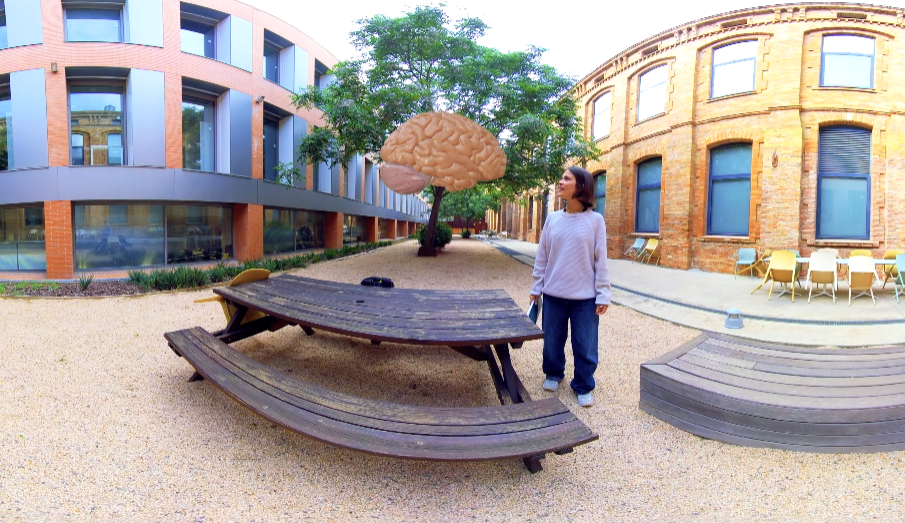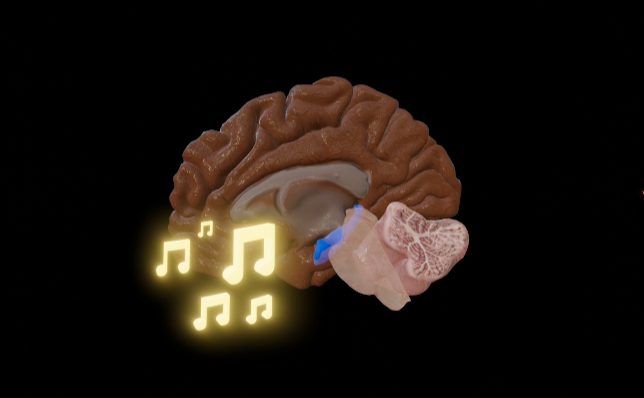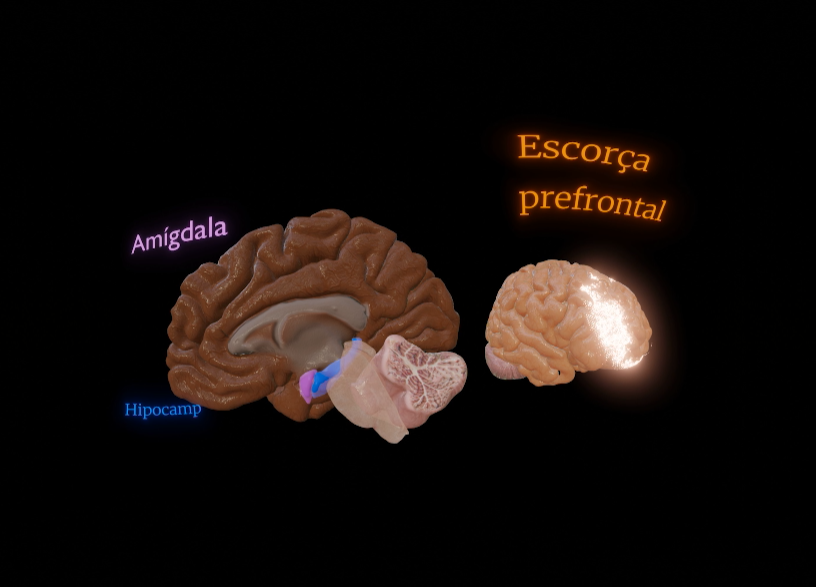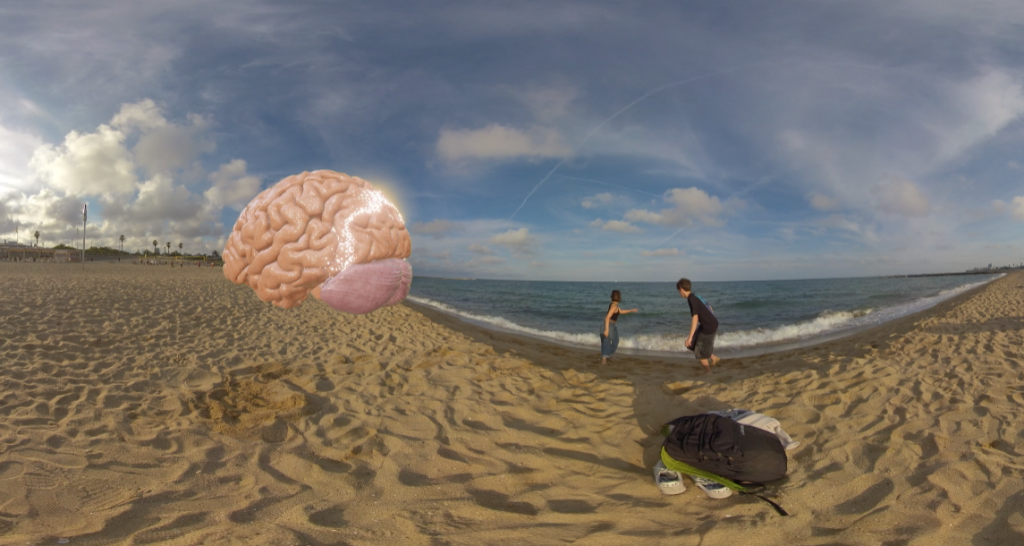VRAIN Project: The Virtual Reality Brain
30 de May de 2025
VRAIN project is an immersive virtual reality experience that we are developing for the UB Institute of Neurosciences.

The Institute of Neurosciences (UBneuro) brings together all of the University of Barcelona’s research focused on a common goal: understanding the nervous system as a whole to address societal challenges. It is a pioneer in international neuroscience research, being one of the few institutes in the world that investigates the brain at all levels. This includes research groups in neurobiology, neuropharmacology, pathophysiology, neurology, psychiatry, clinical psychology, neuropsychobiology, and cognitive neuroscience.
Immersive experience
In this project, we are developing an immersive experience to support the general public in understanding the human brain, within the context of the Institute of Neuroscience’s knowledge outreach activities. The initial idea is to use it using Virtual Reality headsets at science festivals, institutes, or any outreach event in which the Institute of Neuroscience participates. The experience will be aimed at young people between 12 and 18 years old, adults interested in science and general knowledge, and the general public. The experience will show the parts of the brain and their different roles, how information is transmitted, neural circuits, and areas activated by different sensory inputs, among other things.

In this experiment, we developed three scenarios to explain how reward, comprehension, and memory mechanisms work. In these scenarios, we see a story recorded with our 360-degree camera and can also observe a digitalized 3D model in which we can observe the processes taking place in the brain during each scenario.
In the reward mechanism, we will show what processes occur in the brain when we find ourselves in front of a vending machine and can choose between healthier foods or high-calorie foods.
In the mechanism of speech comprehension and production, we will teach how the brain processes sounds, converting them into electrical signals and how they reach the brain, thalamus, and auditory cortex to be transformed into words. We will explain the functioning of the temporal lobe, Wernicke’s area, and Broca’s area, and how language comprehension involves different areas of the brain.



In the memory mechanism, we will explain how a memory can be triggered, for example, by a song we hear, and how our memory transports us to that moment through complex connections between different areas of the brain such as the hippocampus, the prefrontal cortex, and the amygdala.
We are very pleased with the result, as brain processes are very complex and difficult to explain in a way that most audiences can understand. Creating a meticulous 3D model requires rigorous and detailed work, which we successfully completed. In our case, we also added this model to a 360º scenario, so the technical aspect was meticulous and very demanding.




